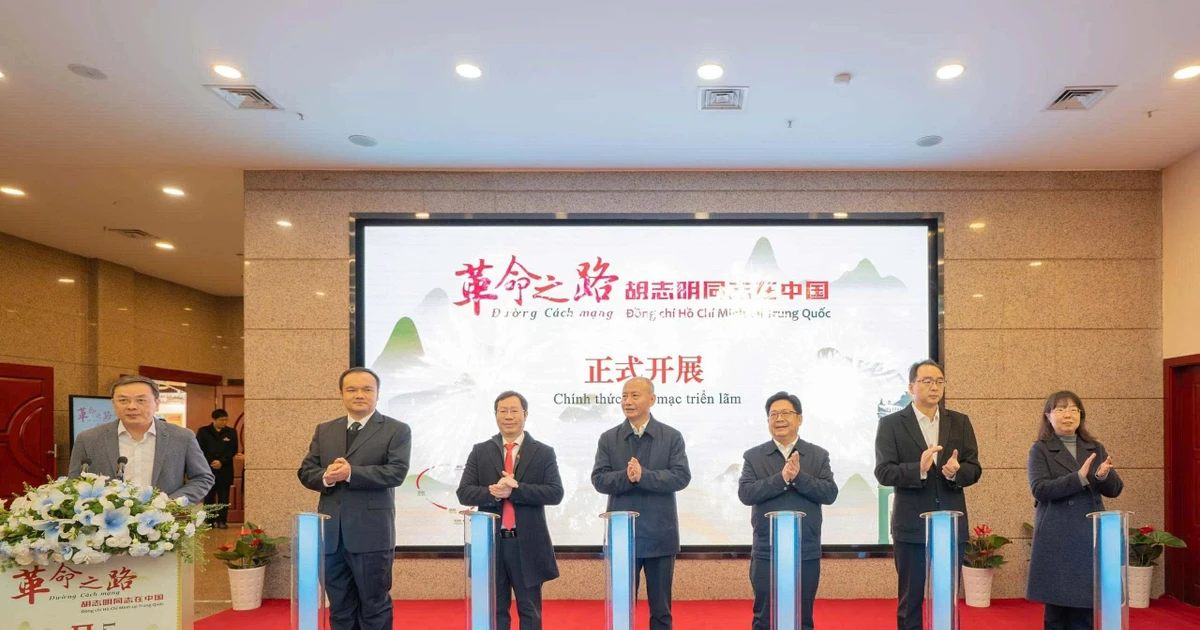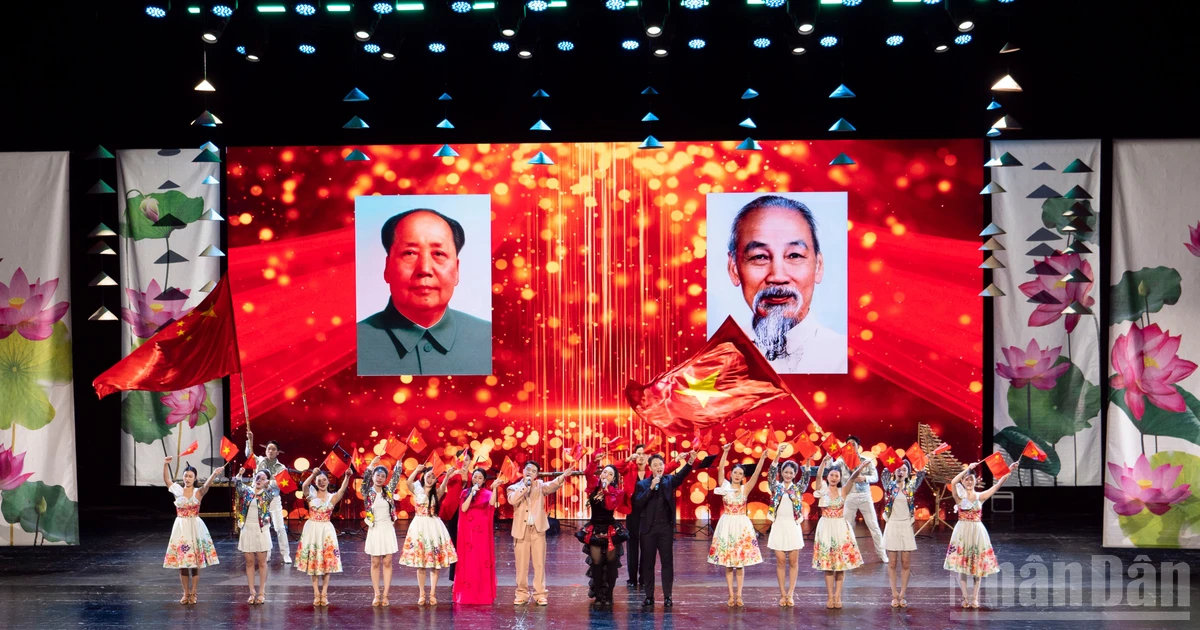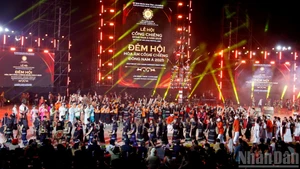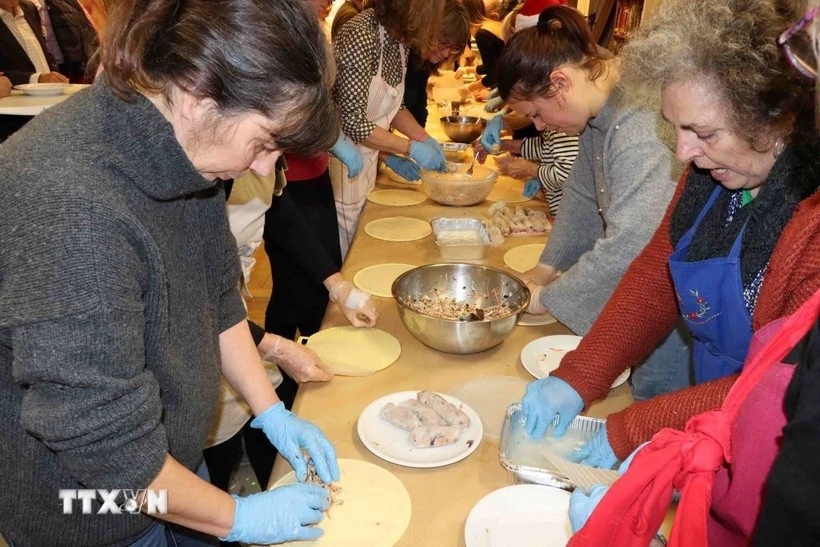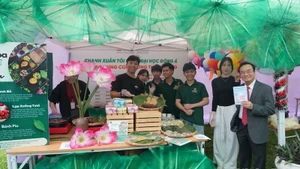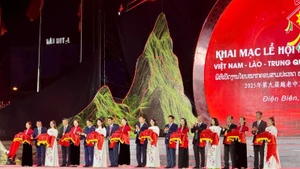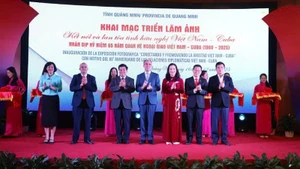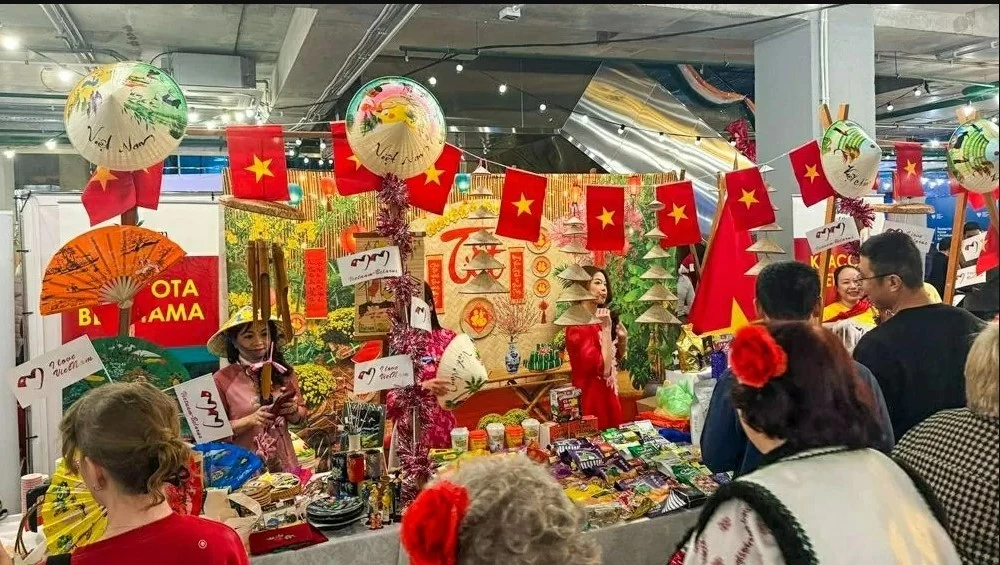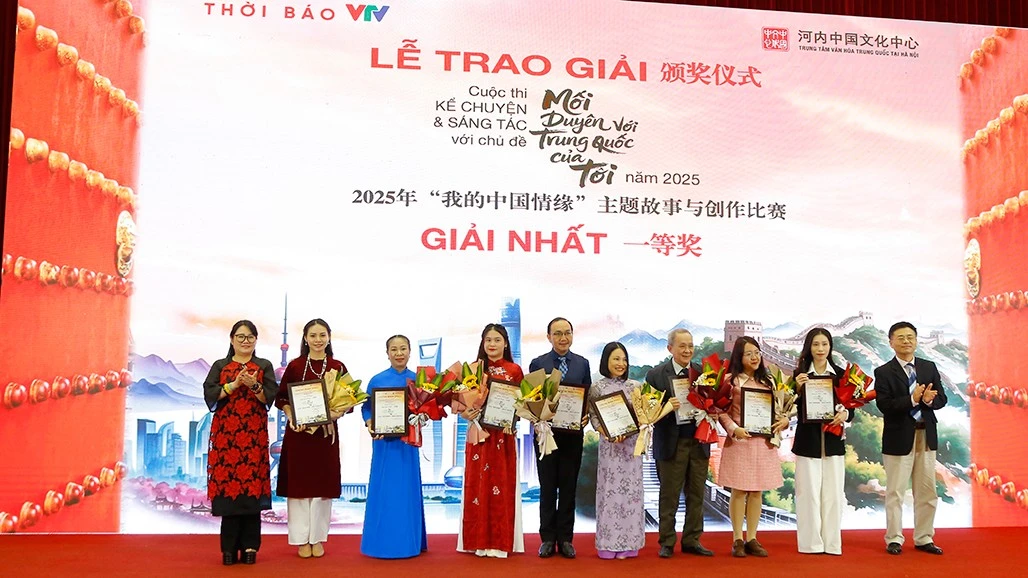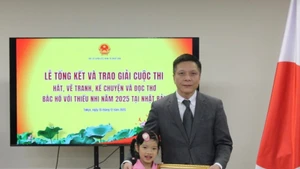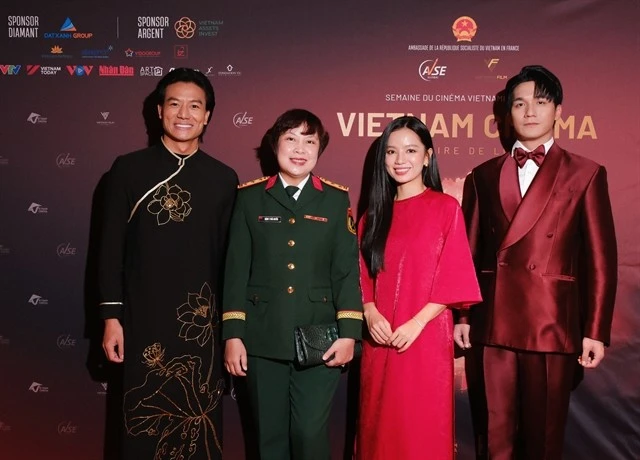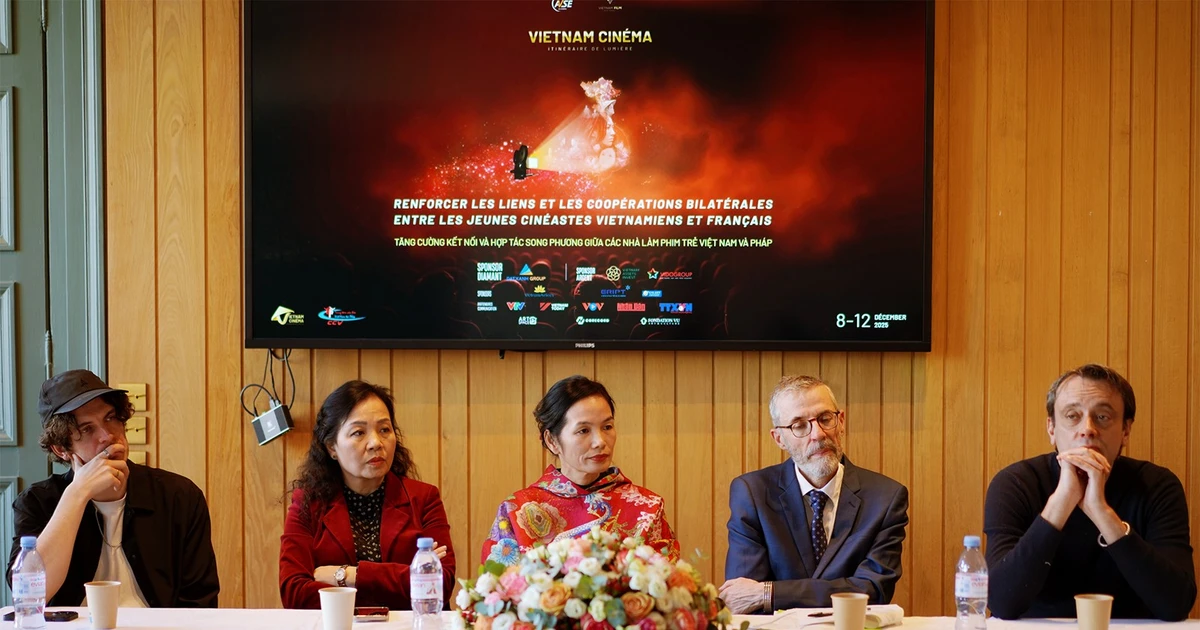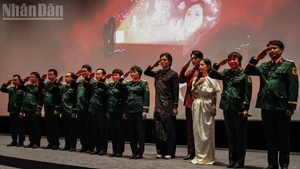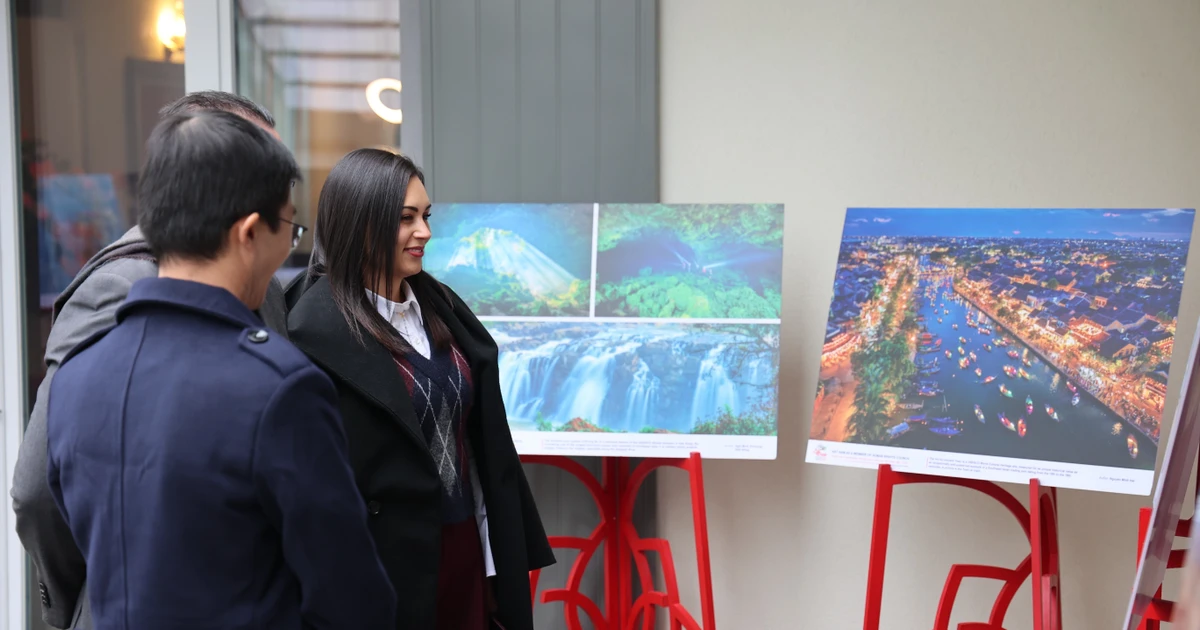From following Uncle Ho’s footsteps…
The first stop in the journey tracing President Ho Chi Minh’s footsteps in Yunnan for a delegation of Vietnamese scholars, journalists and students was the Ho Chi Minh Relic Site in Kunming City.
According to the site’s representative, during his revolutionary career, President Ho Chi Minh travelled extensively across Europe, Asia, Africa, and the Americas. Among those, China was where he spent the most time and carried out the longest period of revolutionary activity.
During his revolutionary activities in Yunnan, President Ho Chi Minh lived and worked at a house numbered 89–91 on Huashan South Road in Kunming City from February to October 1940.
Here, he met with comrades such as Pham Van Dong, Vo Nguyen Giap and many others to discuss major events of the Vietnamese revolution. On weekends, he would meet with students from the Southwest Associated University to introduce and promote the October Revolution and Marxism-Leninism.
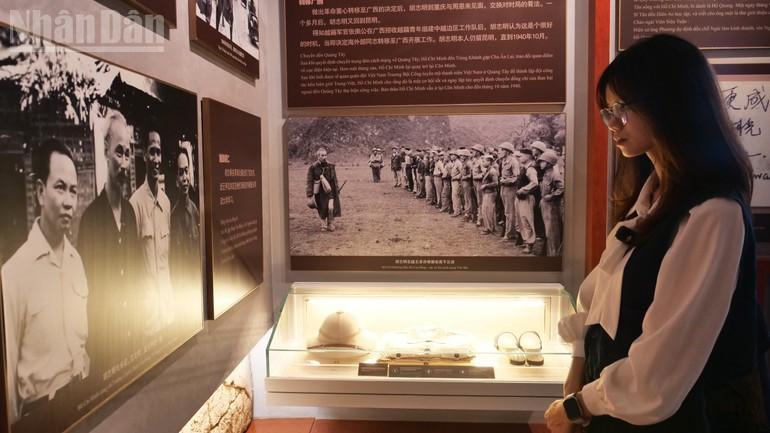
From April to May 1940, President Ho Chi Minh and comrade Phung Chi Kien carried out propaganda work, exposing the malicious schemes of French colonialists and Japanese imperialists in towns along the Yunnan-Viet Nam railway, including Yiliang, Kaiyuan and Mengzi.
While operating in Zhi Village, Mengzi, President Ho Chi Minh also held training courses for key grassroots cadres, personally teaching dialectical materialism. Around mid-1940, in light of changing circumstances, he decided to shift the revolutionary focus to Guangxi.
In March 1959, during a visit to Kunming, President Ho Chi Minh met with the local Vietnamese community and emphasised that the relationship between Viet Nam and China was that of “two brotherly countries, two comradely countries”. He encouraged Vietnamese children to study hard, follow discipline, love labour, and build solidarity with their Chinese peers.
Today, the house on Huashan South Road has been transformed into the Ho Chi Minh Relic Site, bearing significant historical, cultural, and educational value. The site spans 121.5 square metres of land, with a construction area of 263 square metres. It is a three-storey structure made of brick and timber.
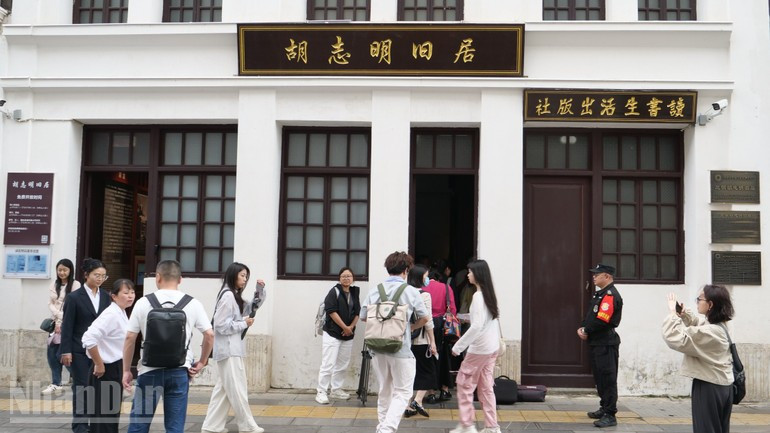
In 2011, the Ho Chi Minh Relic Site was recognised as a municipal-level cultural heritage site; in 2019, it was elevated to provincial-level status. To inherit and promote the traditional friendship between China and Viet Nam, and foster people-to-people and cultural exchanges, the Foreign Affairs Office under the Yunnan Provincial Department of Culture and Tourism, and Kunming municipal authorities, in cooperation with the Consulate General of Viet Nam in Kunming, renovated the site on May 19, 2022.
The relic site now displays a vast collection of photographs and valuable documents related to President Ho Chi Minh’s time in Kunming. Each photo and artefact tells a touching story, marking a key historical moment in his revolutionary journey to liberate the nation.
One particularly noteworthy exhibit, prominently displayed, is a miniature version of the sculpture “Viet Nam – Glorious Pages of History,” recently presented to the Ho Chi Minh Relic Site in Kunming by General Secretary To Lam.
This is one of only two replicas gifted to international friends, symbolising the profound affection of the Vietnamese Party and people for the years when the two countries stood shoulder to shoulder. It also serves as a noble tribute to the longstanding Viet Nam–China friendship.
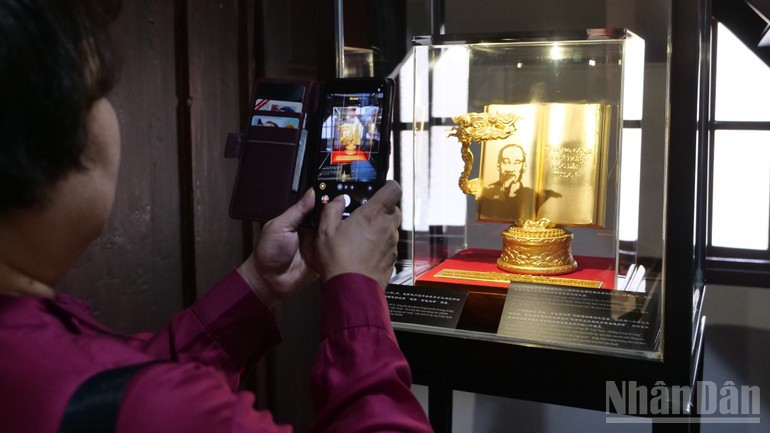
Ha Thi Lan Phuong, a Vietnamese student at Yunnan University, shared: “I feel deeply honoured and moved to visit the Ho Chi Minh Relic Site where Uncle Ho conducted revolutionary work in Kunming. This is not merely a historical site, but living proof of his tireless efforts for national independence. Through this activity, I have come to better understand the traditional friendship between Viet Nam and China. As the younger generation, we must strive harder in our studies and personal growth to help build our country and strengthen bilateral friendship.”
Sharing his impressions after visiting the site, Doan Dang Khoa, a Vietnamese student at Beijing Foreign Studies University, remarked: “This visit is truly meaningful. Until now, I had only read about the revolution and struggle through books and films. Seeing the actual artefacts and exhibition space gave me a real sense of Uncle Ho’s greatness and sparked patriotism, resilience, and lifelong learning among the youth.”
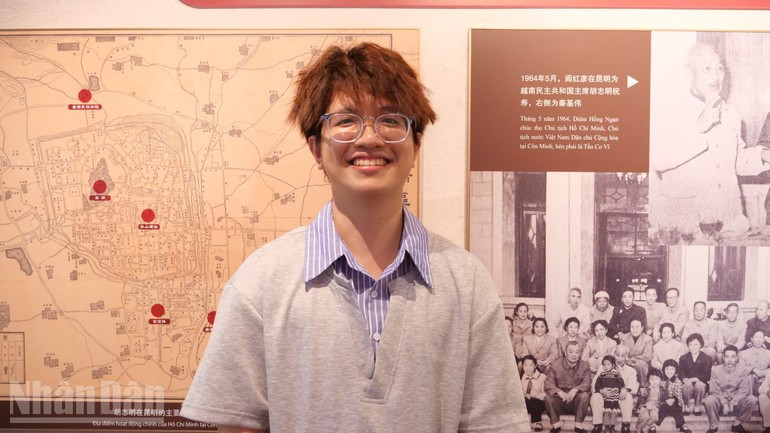
…to a Red Journey of study, research and tourism
In 2025, as Viet Nam and China celebrate the 75th anniversary of diplomatic relations and mark the “Year of Viet Nam–China People-to-People Exchanges,” another special milestone is being commemorated: the 135th birth anniversary of President Ho Chi Minh and the 85th anniversary of his revolutionary activities in Kunming. China has launched the “Red Journey of Research and Study,” inviting Vietnamese youth to visit and learn about the revolutionary history shared between the two countries.
This initiative not only allows young people from both nations to exchange and deepen mutual understanding, but also promotes cultural exchange, cooperation, and strengthens societal bonds between Viet Nam and China.
Looking back, from the struggle for national liberation to supporting each other through the processes of renovation, reform and socialist construction, the traditional friendship of being “both comrades and brothers” has left an indelible mark on the hearts of both peoples. This profound friendship, personally cultivated by President Ho Chi Minh and Chairman Mao Zedong, and continuously nurtured by successive generations of leaders, is a valuable shared asset and a solid foundation propelling the Viet Nam–China Comprehensive Strategic Cooperative Partnership forward.
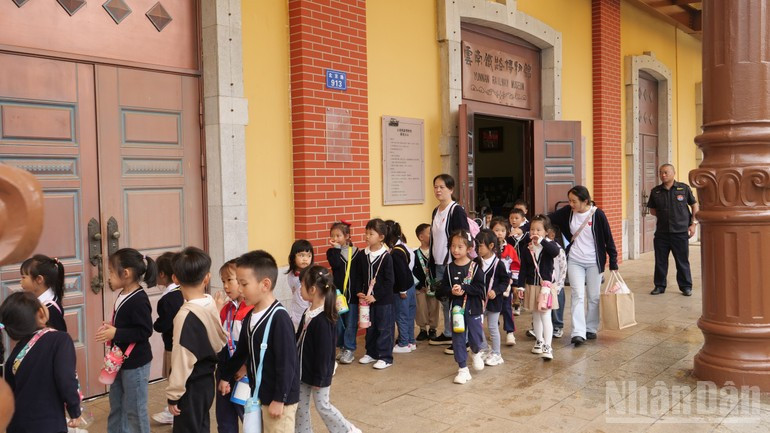
President Ho Chi Minh’s time in Yunnan holds great significance not only for Viet Nam’s fight for independence and freedom, but also as testimony to the mutual support between Viet Nam and China during challenging revolutionary times. Continuing to trace his revolutionary path and integrating it into red tourism is a way to revisit history, add spiritual strength, and at the same time open up new opportunities for cooperation in tourism and cultural exchange between the two countries.
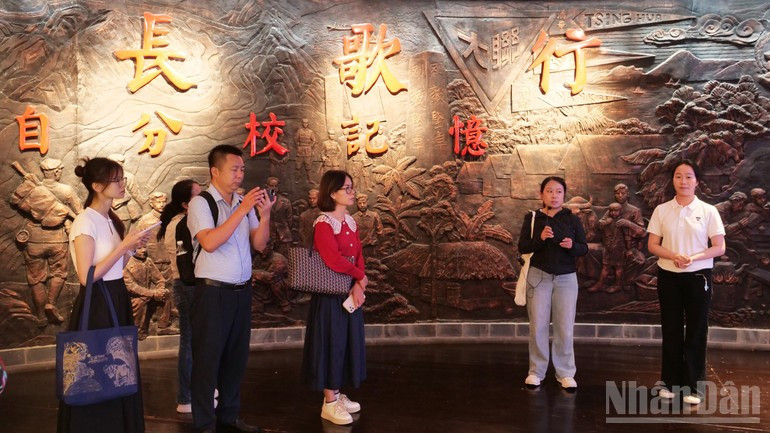
Tourism routes rooted in research and the revolutionary legacy offer a unique and meaningful experience. Through such journeys, young Vietnamese visitors can enjoy Yunnan’s beautiful landscapes while feeling the deep affection of the Chinese people and gaining insights into President Ho Chi Minh’s revolutionary undertakings.
Meanwhile, in Viet Nam, sites such as the Tan Trao banyan tree, President Ho Chi Minh’s Mausoleum, Ba Dinh Square, Truong Son Martyrs’ Cemetery, Hien Luong Bridge–Ben Hai River, and Cu Chi Tunnels preserve numerous “red addresses” associated with the country’s resilient struggle for independence, freedom and reunification. Visiting these places allows young Chinese visitors to not only experience the distinct charms of Vietnamese tourism, but also revisit the shared revolutionary memories of the two nations.
Duong Van Huy, director of the Center for Vietnam-China Relations Studies, Institute for Southeast Asia and Asia-Pacific Studies, Vietnam Academy of Social Sciences emphasised: “Tourism cooperation has become a highlight in the current bilateral relationship. Among these, red tourism is emerging as a new development trend. Viet Nam and China are increasingly connected through cultural ties and tourism exchanges, which serve as a vital bridge fostering stronger bonds between the peoples of both nations.”

